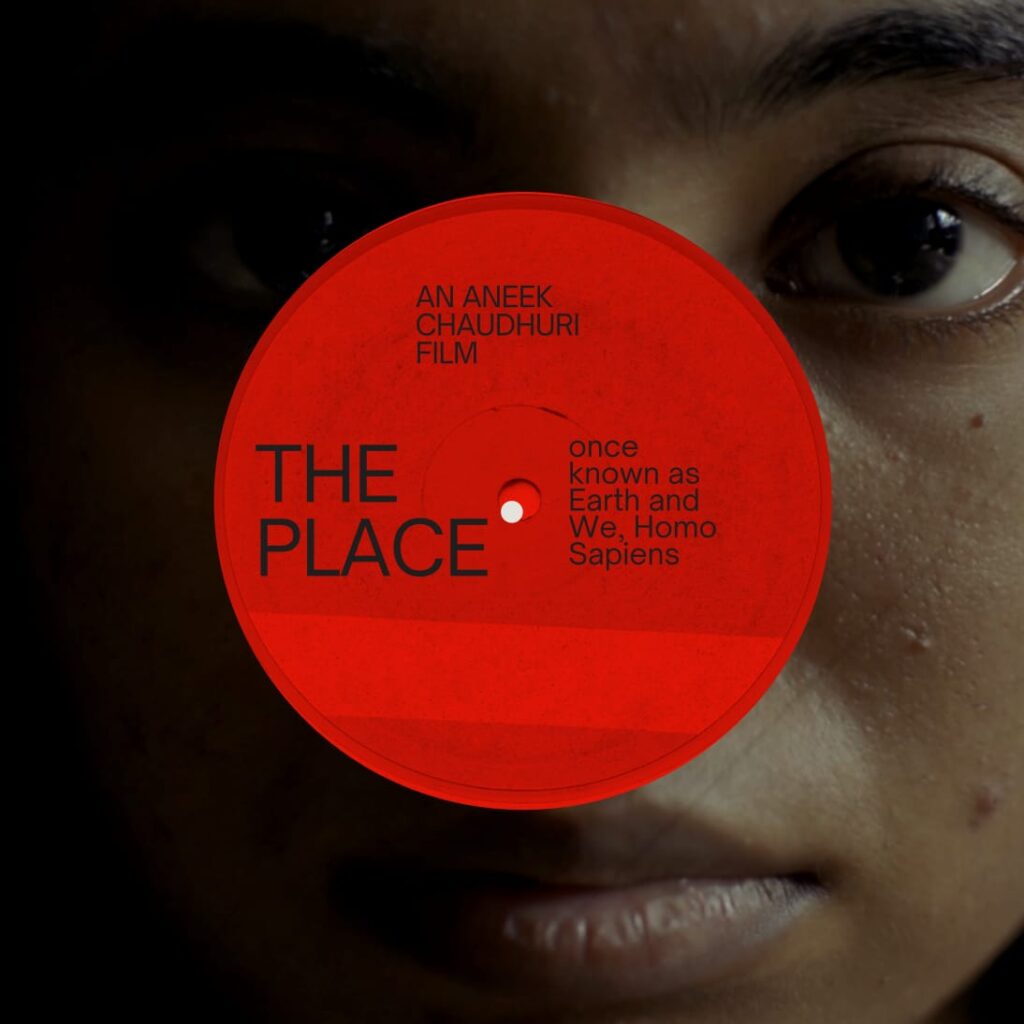The Place Once Known As Earth And We Homo Sapiens
Introduction
Cinema Verite is a very specific genre that allows the filmmakers to drive home their point in an artistic and unforced manner. But given the artistic side of things tagged to this genre, it is automatically a niche, reducing the demographic of the audience even whilst relying on visuals to convey a message sandwiched and dripped in a sea of subtext. Aneek Chaudhuri’s latest film The Place Once Known As Earth And We Homo Sapiens falls in this category, particularly with respect to the style employed in conveying the subtext of topics related to patriarchy, religion and misogyny. The backdrop remains the heinous crime committed at the RG Kar Hospital – a crime so twisted that it shook the nation. And yet, you notice a softness in the tone of the drama right at the start even as there is a commentary on a tree and its branches. The tree shedding its leaves on its branches is a direct metaphor for the women in our society who are often overlooked. The commentary continues citing on how the trend continues despite new leaves that appear on the branches – only to notice them as objects of desire, just like women. The identity of a budding ecosystem is compromised, another subtext that equates it to the sad reality of the society. This, even as the camera cuts away and pans onto the body of a woman abused and tormented – just like the branches of the tree that are sliced.
What's Good
There is a philosophical subtext that divides the narrative into ‘stages’ – with each stage being equated to life. The context remains the seven stages of life starting with spirituality – a thread that is far from reach for the humans. The end remains that of pilgrimage – the idea of sacrificing everything for the Almighty, and while the artistic commentary is expressed between these two stages at different sides of the spectrum – the sarcasm lies in these two stages itself. It is almost a commentary on the reverse engineering employed by humans, particularly males across any religion, in the want to invest in the devotion of idols but never aiming for anything beyond that. As a result, the void after the ‘spirituality’ stage is alarming while doubling up as a mirror for the society.
“The Place..” shouldn’t be mistaken for a regular documentary wherein you have real people reconstructing an event through their gaze. The commentary is artistic, almost shifting shapes and forms while tackling the topics of religion, mythology and nature, while equating it to the current infamous trends of misogyny, r*pe and patriarchy. For instance, a consistent thread in the narrative equates womenhood to nature, with visuals of pollution greeting the streets and water-bodies in and around the state of West Bengal. But the narration is mindful of not restricting itself to a particular region while expanding its seeds to other traits.
There is a heavy influence on religion even as the tale unfolds through the gaze of a Muslim woman undergoing an eye operation, only to equate it to a similar restricted gaze of other religions as well. In another moment, the narrative borrows its commentary from a temple that stays closed for 3 days in a month, on the pretext of the ‘Mother’ deity who is on her menstrual cycle of purity. Here, the inference is quick while exposing the double standards that exist in the minds of the people, treating this phase of womenhood as ‘impure’ – something that would restrict their movements. It is a timely reminder on how even the basic concept of religion is shackled in the minds of the people.
The narrative style employs the plight of four women from different walks of life, and each woman has a commentary tagged to it. While physical abuse is one trait explored through the implied commentary on the body of a young woman, celebration of puberty and the subsequent exploitation in play go hand-in-hand through two characters. The fourth one has seeds of an arranged marriage equating it with the Aranyak Parva of the Mahabharata, even while inferring a very specific mythological figure and his ‘innocent’ antics that are still celebrated in jest. The idea of Shubhadra being ‘wrongfully’ kidnapped for a personal gain remains the searing context in a moment of an ‘alternate’ truth, that the documentary wishes to touch upon. It is almost a reverse commentary on how the mindset of the people remains influenced, even as the narrative forces you to ponder on similar inferences of the past.
There is a growing culture on patriarchy that laces the narrative, even as you witness a few kids playing a game of football. This seems like a fleeting moment but the subtext is that of a male gaze ‘passing’ the football (read: women) to each other. The inference might seem extreme in nature but the narrative does ask uncomfortable questions in the same breath. There is a definite political hint in the narrative too that drowns its context in a sea of religion, specifically as the visuals highlight a particular colour at the end. This, even as the camera pans on the innumerous sights of filth that is gathered on the streets – a direct correlation to the minds of people that are consistently infected in the absence of spirituality. All of it, while tears pour down the cheeks of woman who are shown to drown in their own sorrows.
What's Not So Good
I must admit that I am not really a fan of cutaways or blackout that are used as an editing pattern here. I wished that there was a little more structure to the narrative in terms of its editing pattern, that would have allowed to stay in the moment, as opposed to rushing to the subsequent frame. It is an abstract narrative style which is further reduced to a niche because of the editing pattern that is employed here. Also, the subtext remains a bone of contention throughout, so if you aren’t well aware of the mythological inferences, the core messaging of the drama might be compromised too (something that would impact a majority of the viewers, I am assuming). The bottom line remains that this is a niche, and it may not be everyone’s cup of tea.
My Final Take
I must admit that I took a while to get into the abstract narrative style of the film. It demanded a challenge of looking at hard-hitting issues in an artistic manner, while pushing you on the brink of abstraction. In that regard, “The Place…” remains a challenging piece of art that requires your undivided attention, while demanding you to be mentally switched on with respect to the subtext in the drama. This is particularly different given how we all assume the narratives to be absolutely in your face while wishing to address the topics of misogyny and patriarchy, in a politically correct manner. In a sharp contrast, there are no easily answers to be had here – and the cinema verite genre allows the filmmaker that liberty. As a result, the impact was lonh lasting, something that I couldn’t shrug off long after the film was over. Ironically, the moments in the film didn’t feel as impactful, as much as revisiting those moments in hindsight did! In that regard, the documentary is immersive and refreshing in the purest sense while challenging your foundation and forcing you to think out of the box, in an artistic and sensitive manner.
Conclusion
The Place Once Known As Earth And We Homo Sapiens is a niche in every way, but it employs a cinema verite narrative style to offer an immersive experience on pondering topics of patriarchy and misogyny that makes for a great watch in hindsight. The film is covered as a part of our Melbourne Film Festival coverage. Highly Recommended!





